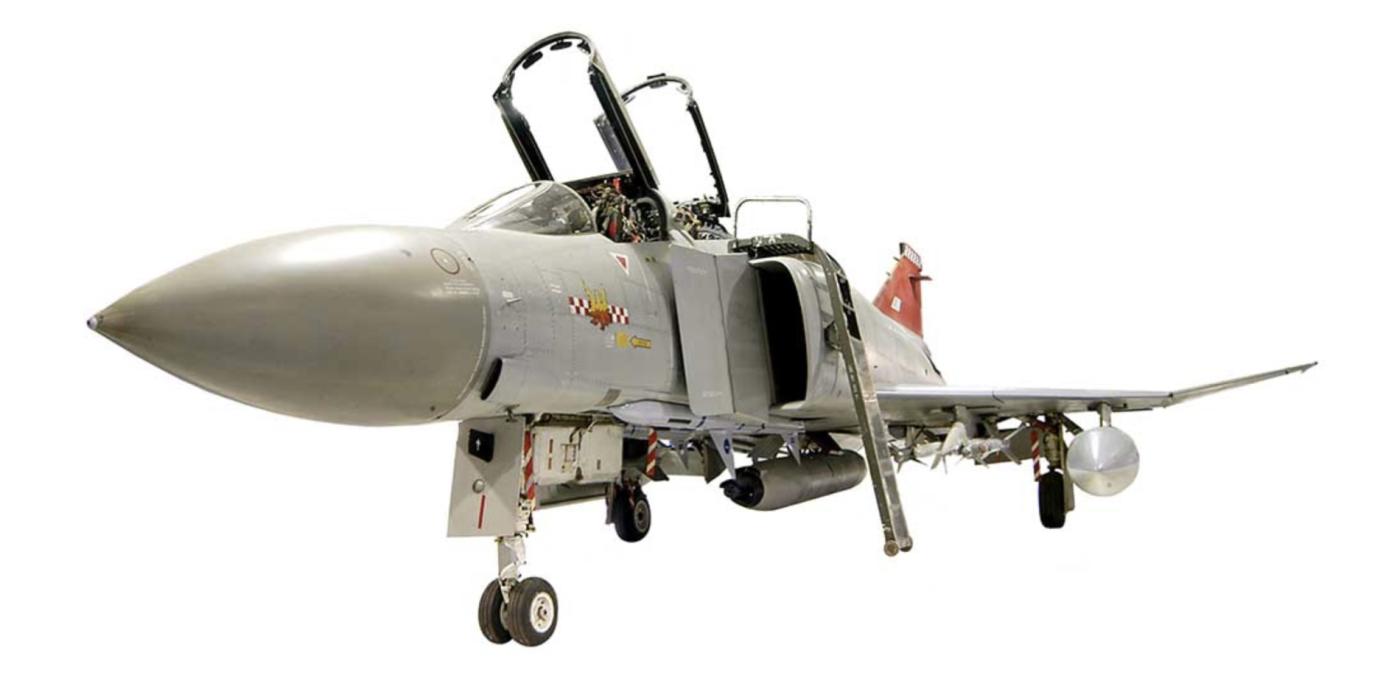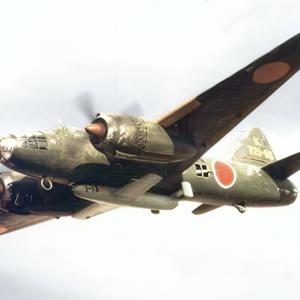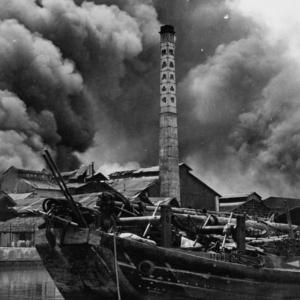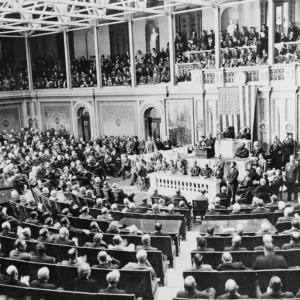
Phantom f-4 fighter jet
The McDonnell Douglas F-4 Phantom II was a supersonic fighter aircraft originally developed in the United States, but it became a major component of the Royal Air Force and Royal Navy during the Cold War era. Although designed by McDonnell Aircraft in the late 1950s, the British acquired a specially modified version of the Phantom in the 1960s to meet specific operational needs. It served the UK from 1969 until 1992 and played a vital role in air defense and tactical support during its years of service.
The original Phantom was conceived as a carrier-based interceptor for the US Navy but quickly gained a reputation for its speed, power, and versatility. Recognizing its potential, the British government chose the Phantom as a replacement for aging aircraft like the de Havilland Sea Vixen and English Electric Canberra. However, to accommodate British engineering standards and logistical requirements, the UK required significant alterations to the original design. Chief among these changes was the replacement of the American General Electric J79 turbojet engines with British-made Rolls-Royce Spey turbofan engines. These new engines provided better low-level performance and fuel efficiency, but they also required substantial redesigns to the fuselage, including larger air intakes and modifications to the rear of the aircraft. The airframe was manufactured in the United States, but final assembly and integration of British avionics and engines were handled by the British Aircraft Corporation and Hawker Siddeley.
Two major variants of the Phantom entered British service. The Phantom FG.1 was initially intended for use by the Royal Navy aboard aircraft carriers. However, when plans for a new British aircraft carrier were scrapped, most FG.1s were transferred to the Royal Air Force. The second variant, the Phantom FGR.2, was developed for the RAF and had capabilities for ground attack, reconnaissance, and air defense missions. Later, the RAF temporarily operated a small number of F-4J aircraft on loan from the United States, designated F-4J(UK), to fill an operational gap in the 1980s.
The Phantom was a heavily armed aircraft capable of carrying a wide range of weapons. For air-to-air combat, it was typically equipped with AIM-7 Sparrow radar-guided missiles and AIM-9 Sidewinder heat-seeking missiles. British versions were later fitted with the Skyflash missile, an advanced radar-guided weapon based on the Sparrow design. For ground attack missions, the aircraft could carry various unguided bombs, rocket pods, and cluster munitions. Early versions lacked an internal cannon, but some were equipped with an external SUU-23/A 20mm gun pod, and later variants integrated a built-in 20mm cannon for close-range engagements.
In terms of performance, the British Phantom was a high-speed interceptor with a top speed of over Mach 2.2, or approximately 1,485 miles per hour at altitude. It had a range of about 1,750 miles with external fuel tanks and a combat radius of around 680 miles. The aircraft had a service ceiling of approximately 60,000 feet and was powered by two Rolls-Royce Spey Mk.202 turbofan engines, each producing around 20,500 pounds of thrust with afterburner. The maximum takeoff weight was around 61,800 pounds, making it one of the heaviest fighter jets of its era.
A total of 170 Phantoms were built or modified for British service. This included 48 FG.1s for the Royal Navy, later transferred to the RAF, 118 FGR.2s for the RAF, and 4 F-4J(UK) aircraft loaned from the US. The aircraft entered service in 1969 and remained operational until 1992, with the last units being retired as the Panavia Tornado F3 came into full service. Although the British Phantom did not see direct combat in major conflicts, it played a critical role during the Falklands War. While it did not take part in the fighting, it was deployed shortly afterward to protect the islands from future threats, operating from bases such as RAF Mount Pleasant. Throughout the Cold War, British Phantoms were a frontline defense asset, stationed both in the UK and in West Germany as part of NATO's air defense network. They performed daily intercepts of Soviet aircraft approaching UK airspace and maintained a high level of readiness through quick reaction alert duties.
The retirement of the Phantom marked the end of an era in British military aviation. It served as a key transitional aircraft, bridging the gap between the earlier generation of jet fighters and the more modern multirole platforms that followed. Despite its American origins, the Phantom became a thoroughly British aircraft in its own right, shaped by the unique demands of UK defense strategy and engineering. Its long service life, adaptability, and formidable performance ensured its place as one of the most respected and iconic aircraft ever to serve in the Royal Air Force and Royal Navy.










